Christopher Bethell’s work comes from a desire to explore his identity, making his personal reflections…
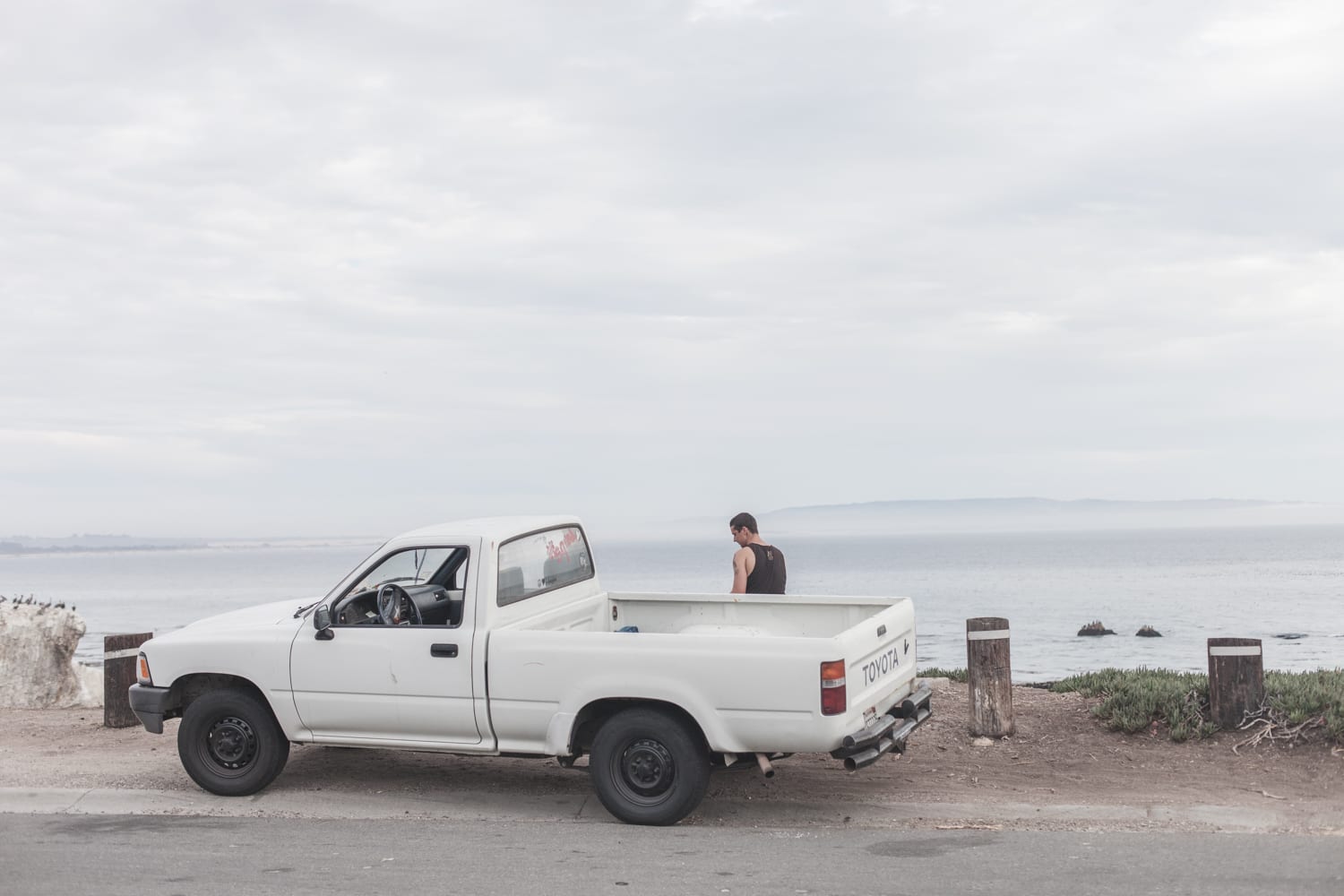

Christopher Bethell’s work comes from a desire to explore his identity, making his personal reflections…
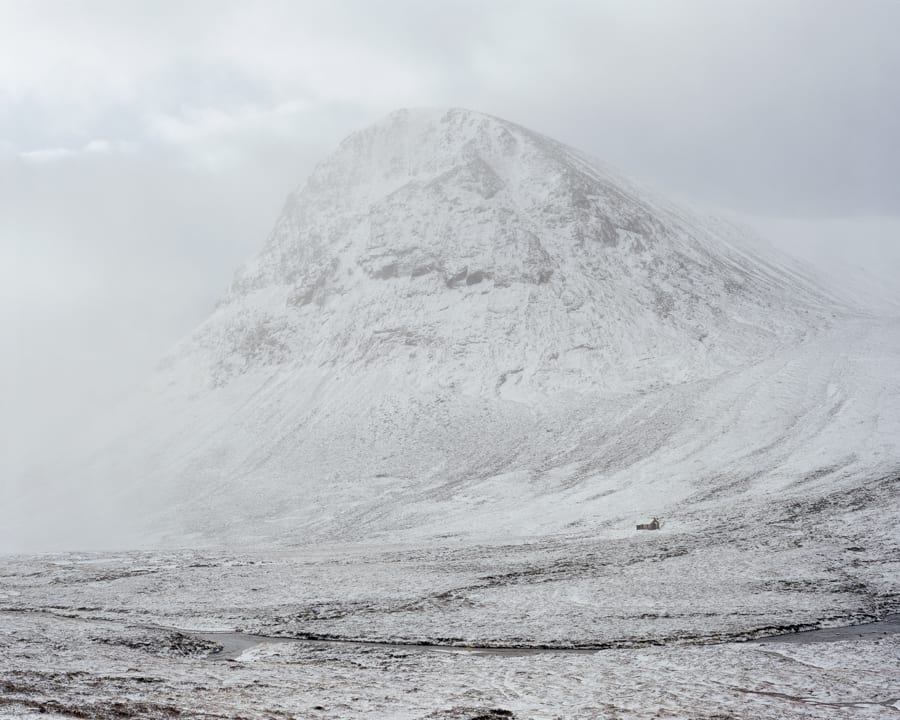
Nicholas White is based on Dartmoor National Park, where he pursues projects that examine our relationship…
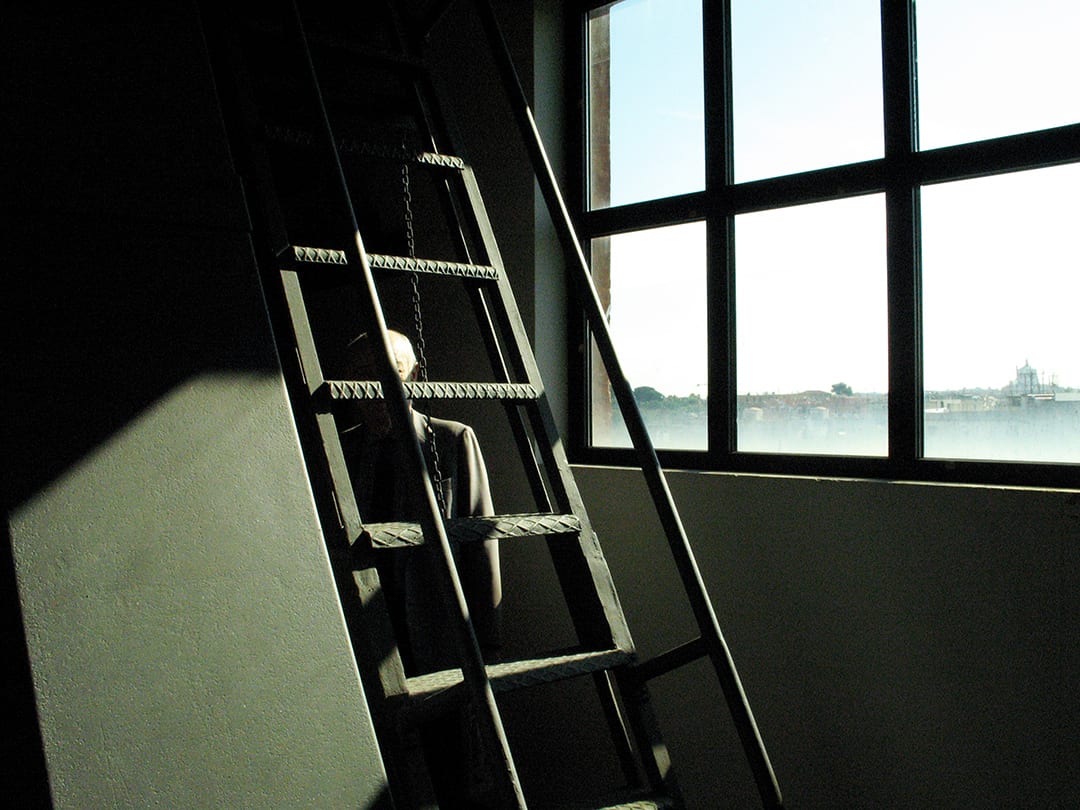
Rome-based photographer Francesca Pompei is our first OpenWalls Editor’s Pick photographer, having been selected by…
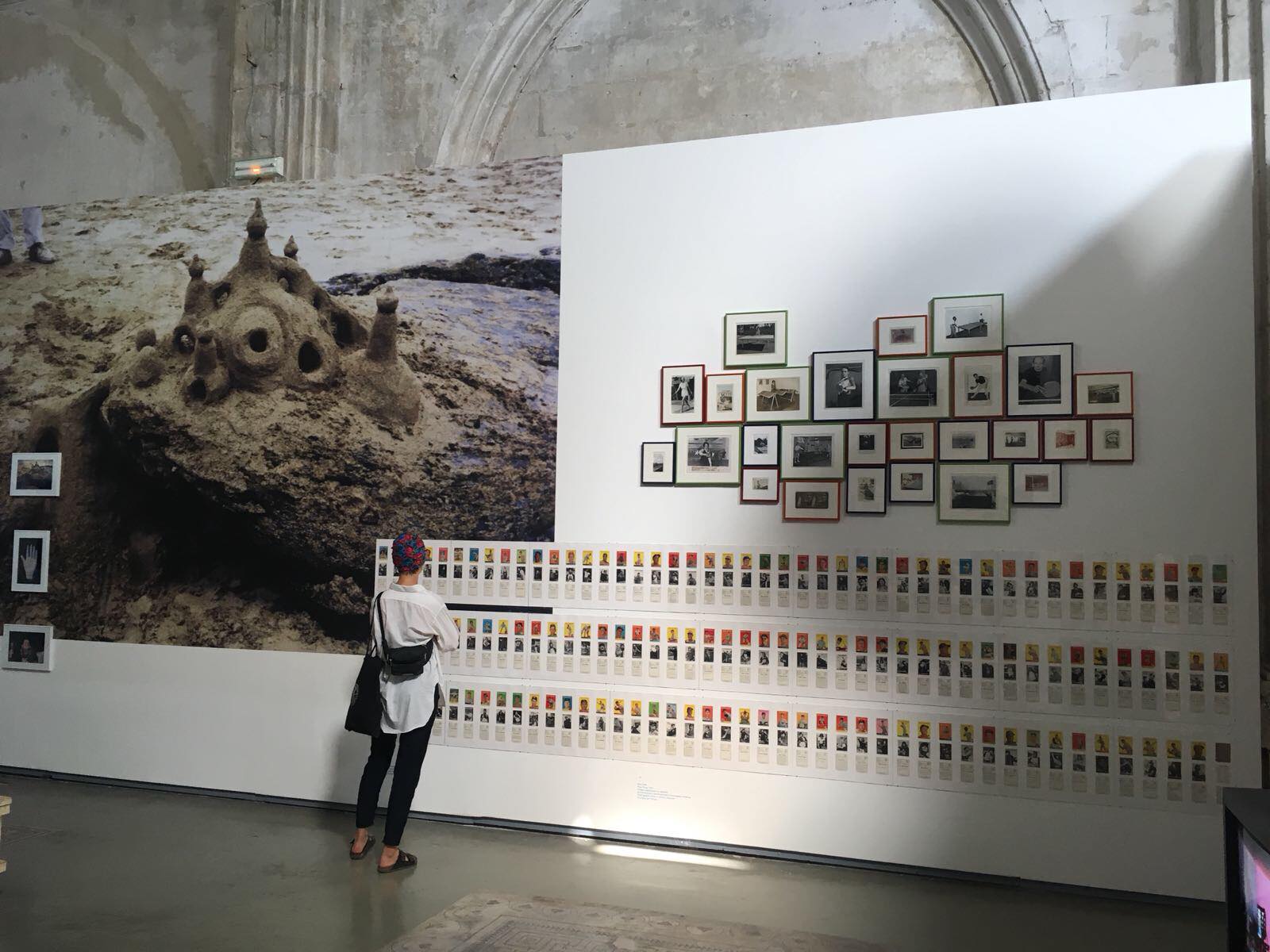
Our very first OpenWalls exhibition is now on show in Arles, featuring 50 works chosen to…
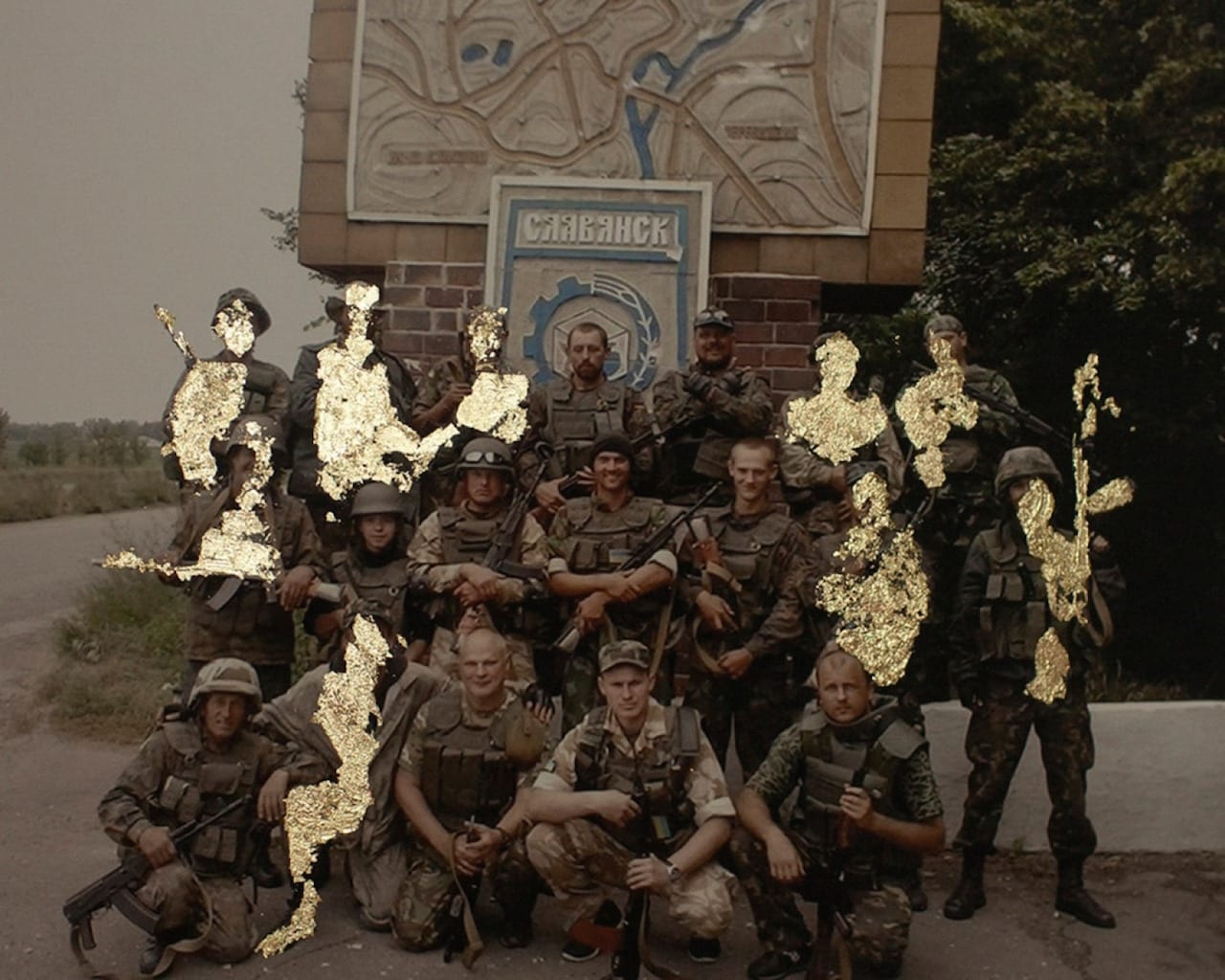
When Polish photographer Wiktoria Wojciechowska first heard about the ongoing Ukrainian conflict she was in China, shooting a project titled Short Flashes, which went on to win the 2015 Leica Oskar Barnack Newcomer Award. “I was cracking the internet but everything was so blocked I couldn’t get any information,” she says. “I was asking all my friends, then I realised not many people knew about it, even though it’s so close [as Ukraine borders Poland]. I was really inspired to go by fear, by wondering how I would react if the same thing happened in my country.”
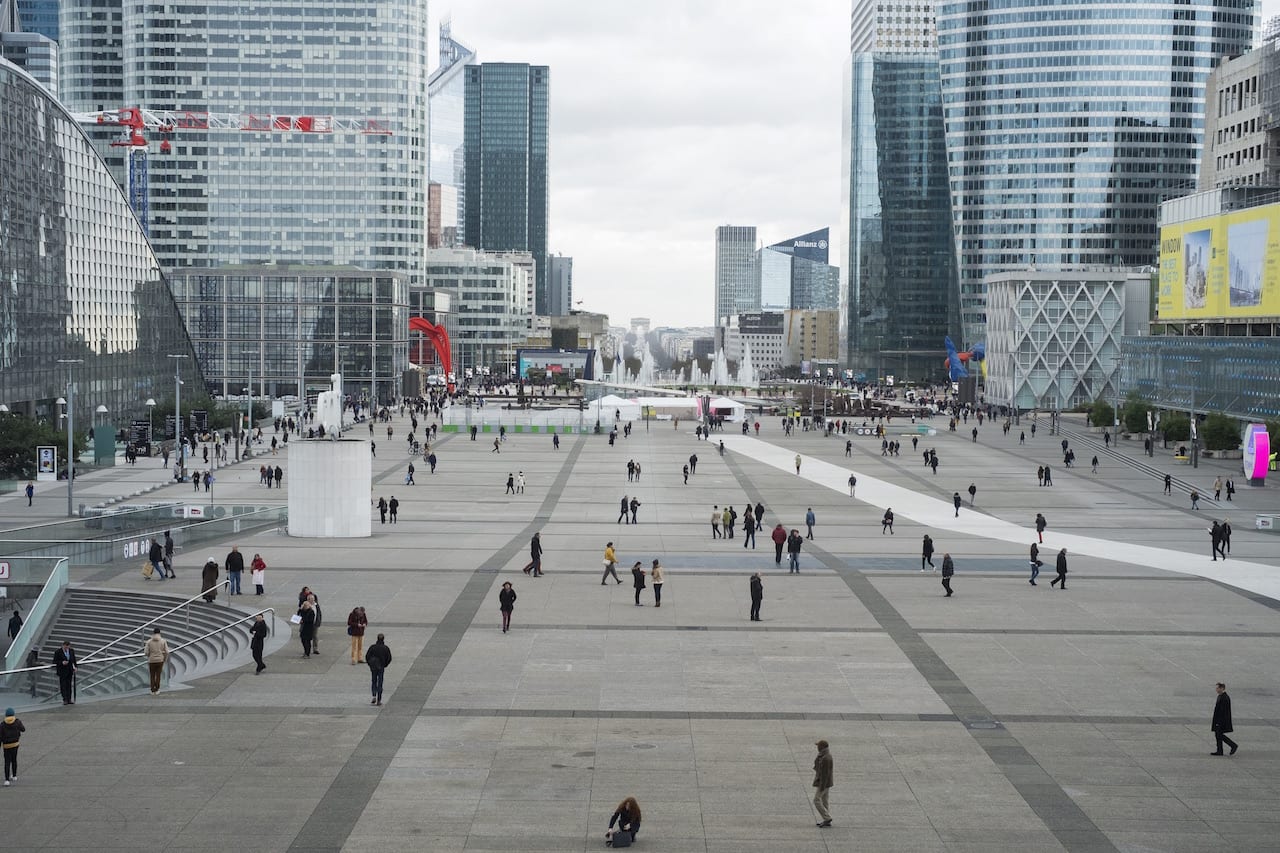
Paulien Oltheten has won the Arles New Discovery Award with her series La Défense, le regard qui s’essaye. Rencontres d’Arles will now buy €15,000 of her work, and add it to the festival collection.
La Défense, le regard qui s’essaye encompasses a video essay, a photo series, and a collection of objects, and was shot mainly in the La Défense financial district in Paris. Recording people going about their everyday lives, the series creates imaginary links between them, adding a fictional element to a documentary project, and a layer of poetry to the otherwise unremarkable. Born in 1982 in Nijmegen, Netherlands, Oltheten studied at the Rijksakademie in Amsterdam, and is now based in Amsterdam and Paris.
Oltheten was selected from the ten photographers who made it into the Arles New Discovery Award exhibition this year – Sinzo Aanza, Monica Alcazar-Duarte, Christto & Andrew, Anne Golas, Chandan Gomes, Thomas Hauser, Anton Roland Laub, Ali Mobasser, Feng Li, Aurore Valade, and Wiktoria Wojciechowska.
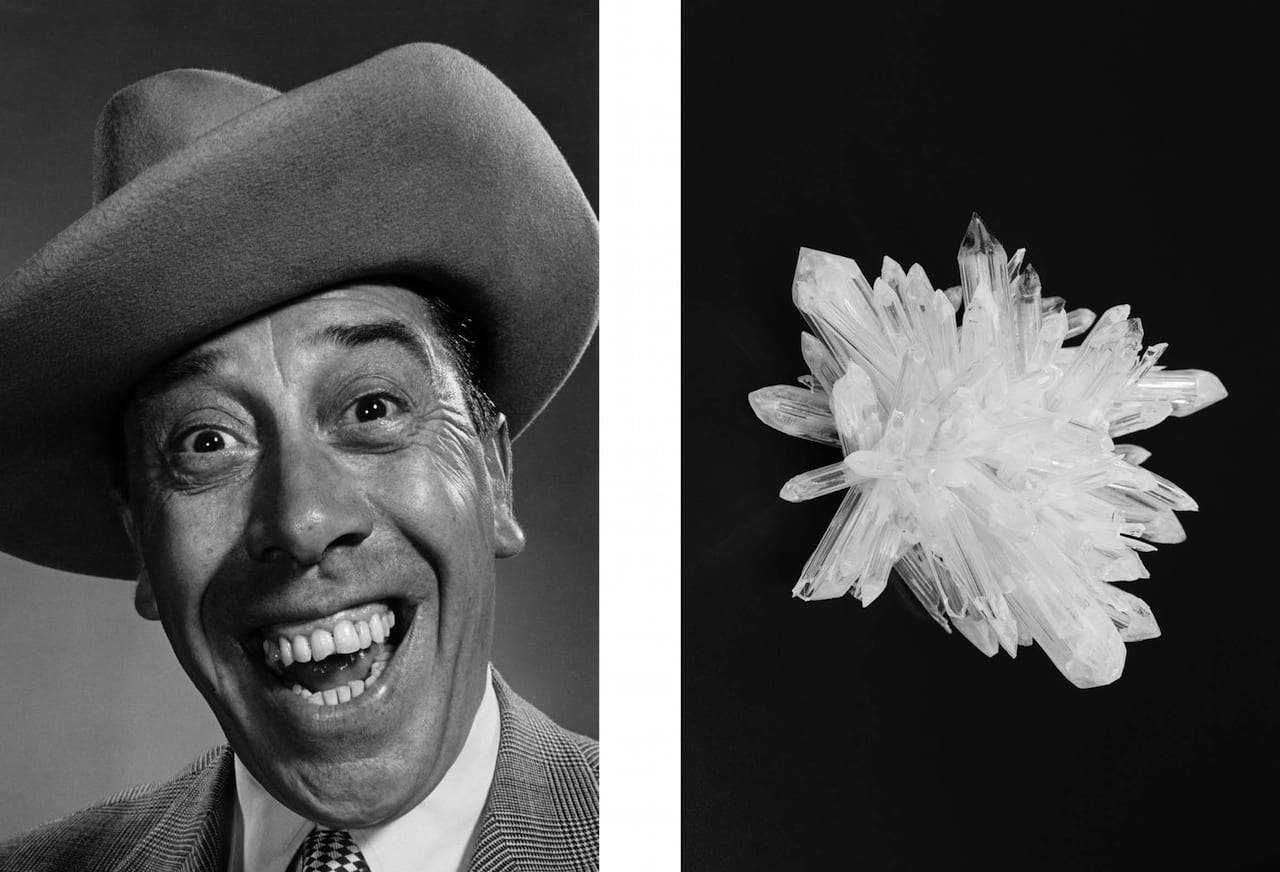
Three winners and one special mention have been announced for the 2018 Prix du Livre at Rencontres d’Arles – and in all four cases, the books use archival or found photography. The Author Book Award went to Laurence Aëgerter’s Photographic Treatment, which is published by Dewi Lewis; the Historical book award went to The Pigeon Photographer, a collection of images by Julius Neubronner published by Rorhof; and – controversially – the Photo-text Book Award went to Adam Broomberg and Oliver Chanarin’s War Primer 2, which was first published by MACK in 2011 but reissued in paperback this year. A special mention went to Giorgio Di Noto’s The Iceberg in the Author Book Award, which is published by Édition Patrick Frey.
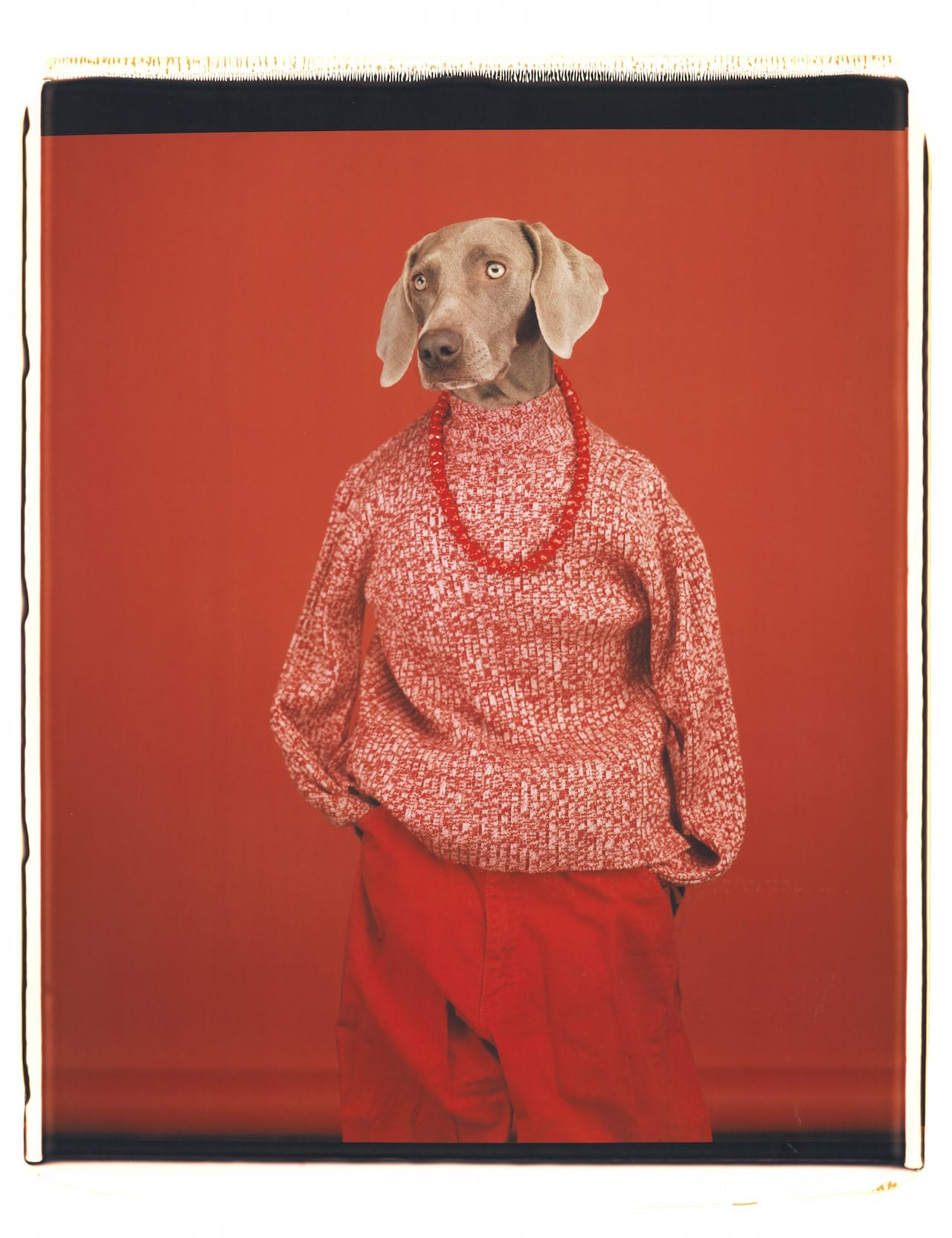
It’s the biggest and best-respected photo festival in the world – it’s Arles and it’s back from 02 July-23 September, with a special opening week from 02-08 July. With the blessing of the French Minister of Culture François Nyssen – who declares that “Arles wouldn’t be Arles without photography” in her welcome to the festival – the 49th year of the festival is lead by director Sam Stourdzé, who took over its organisation in October 2014. As you might expect, the momentous events of May 1968 are commemorated at Arles this year, with a group of exhibitions titled Run Comrade, The Old World is Behind You. Considering events such as the student demonstrations and strikes in France, and the assassination of Robert F Kennedy that year, this section includes shows such as 1968, What a Story! which uses previously unseen images from police archives, Paris Match and Gamma-Rapho-Keystone. Elsewhere Arles looks to the future with a group of shows titled Augmented Humanity which includes work by Cristina de Middel & Bruno Morais, Matthieu Gafsou and Jonas Bendiksen; and in the Emergences section, which includes the ten photographers included in the New Discovery Award this year.
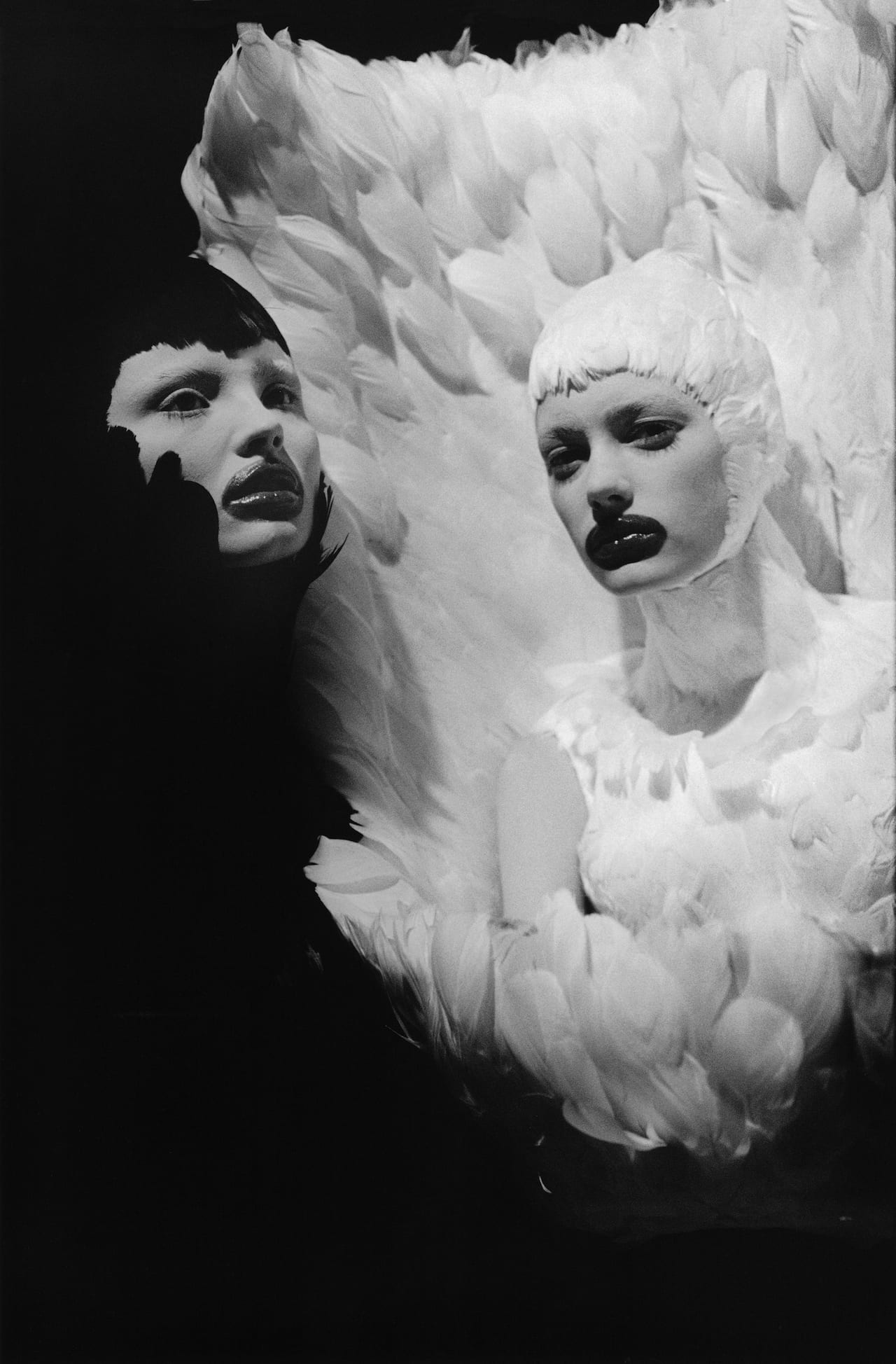
Since its inception in 1970, Les Rencontres d’Arles has been a major influence in disseminating…
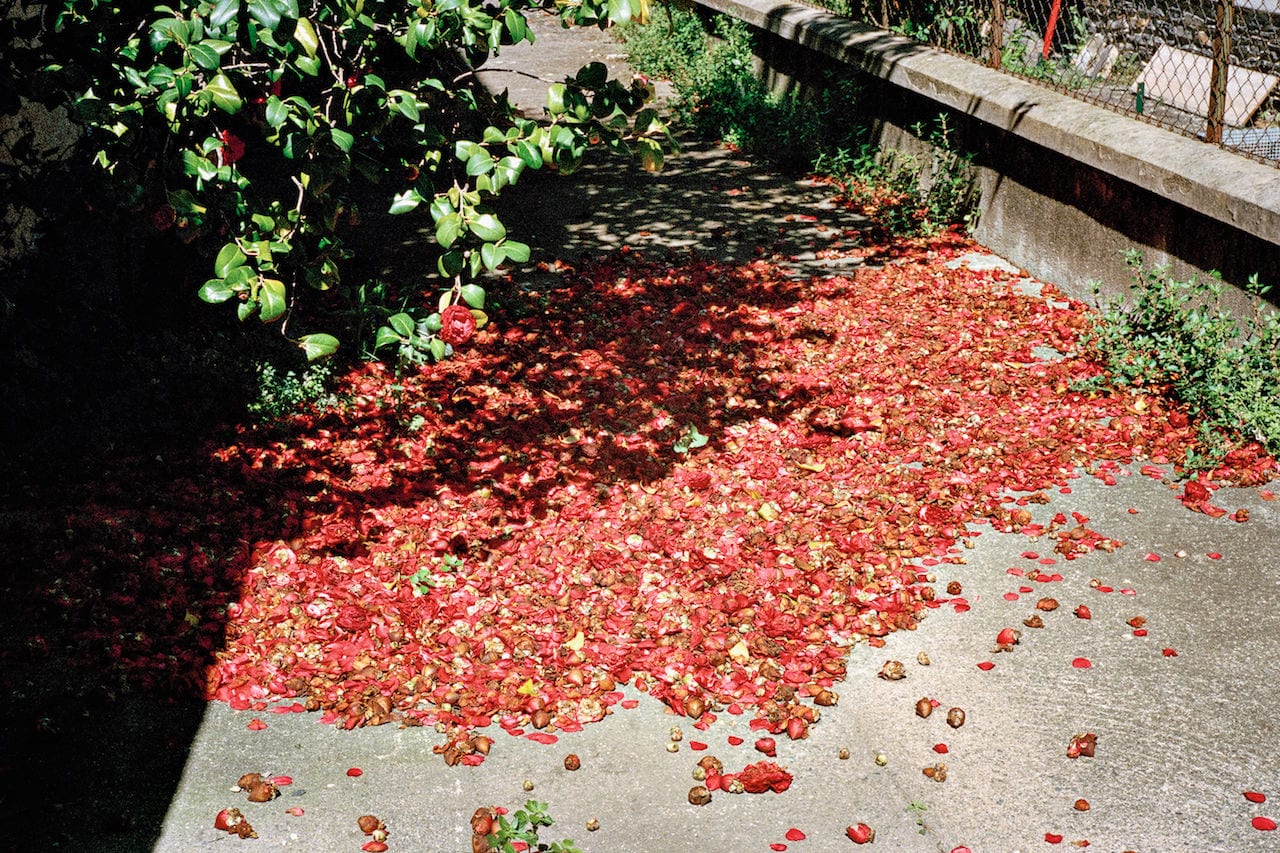
In classical music, ‘impromptu’ refers to a short improvised piece, performed spontaneously with little or no preparation. Géraldine Lay’s new book, Impromptus, is a visual take on the term, aiming “not to tell a story about the place or the country, but to be out of time”.
Lay first encountered photography during her course in History of Art at the University of Lyon; studying the history of the medium, she was bitten by the photography bug, and went on to study at the National Photography School. She graduated in 1997, and is now based in Arles.
“Initially, my practice was part of my daily life, I had no preconceived ideas or strict subject,” says Lay. “I got into the habit of always having a camera with me, to take advantage of all the little moments of life.”